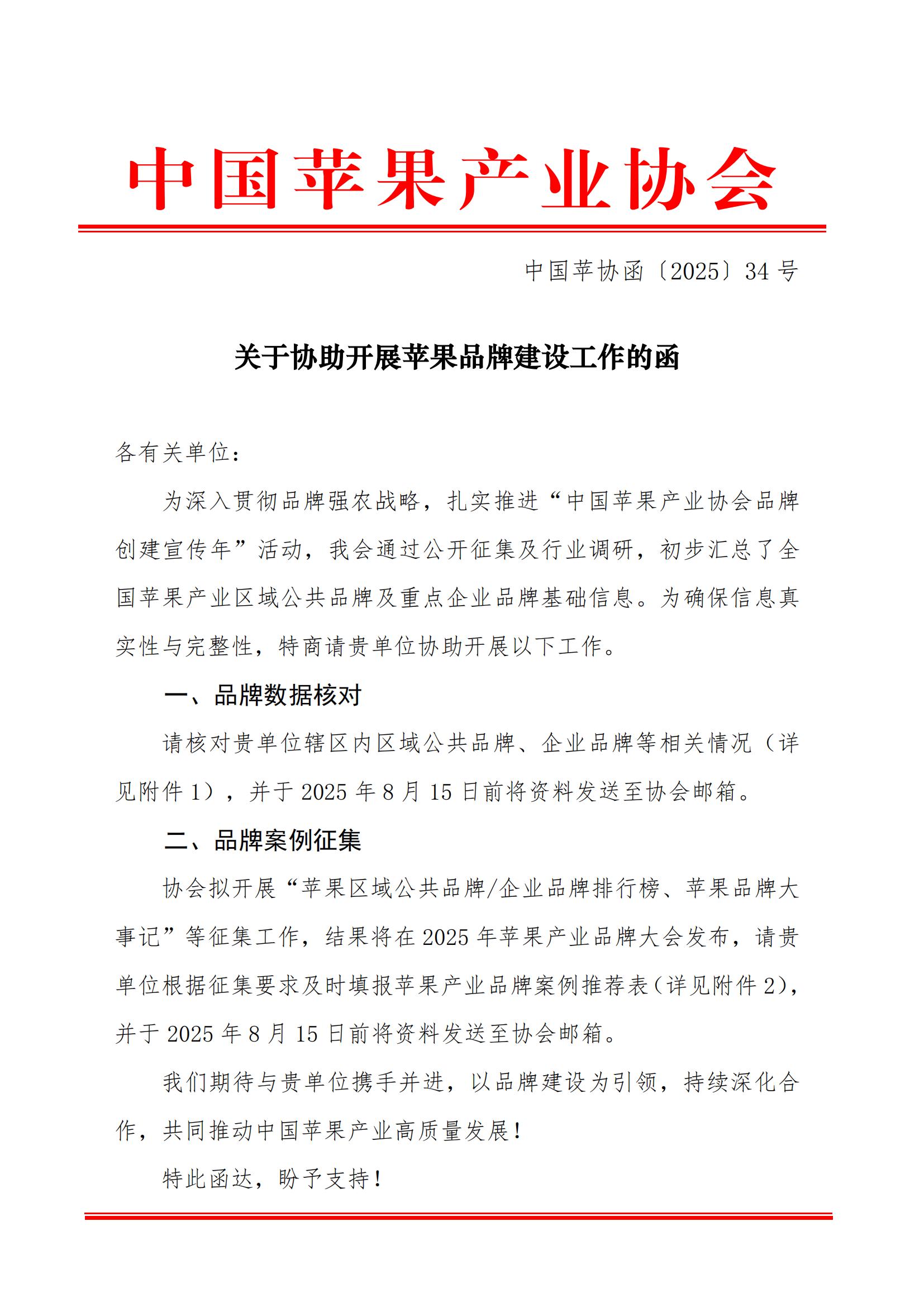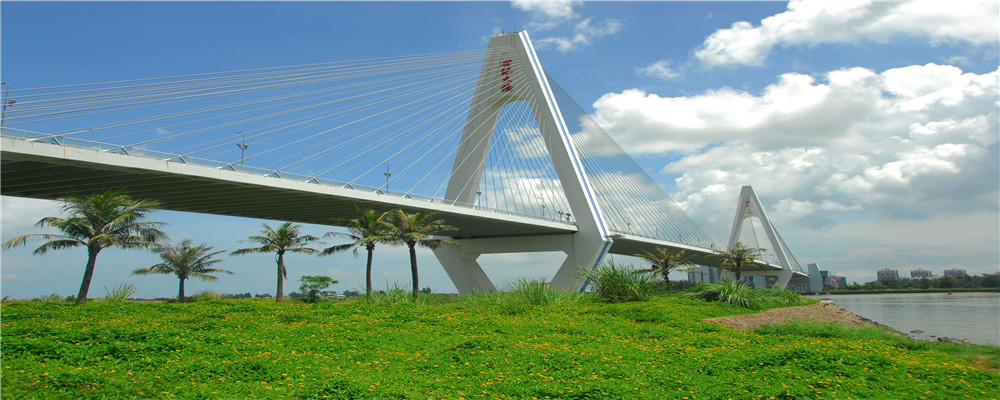Winter fruit trees prevent "three damages"
发布日期:2021-01-06 点击次数:148
Freeze damage
Branch freeze damage: Some branches look unchanged in appearance, but they germinate late, leaves are thin or deformed, and grow abnormally. Freezing damage of rhizomes: the cortex of rhizomes will turn black and die, which may occur locally, or form black rings, causing the whole plant to die. Root freezing damage: manifested in late or irregular sprouts in spring, or shrinkage after leaf development.
Preventive measures: ① Strengthen fertilizer and water management. Reasonable fertilization and irrigation are not only conducive to the growth of fruit trees, but also improve cold resistance; ②Rhizome cultivation. During the overwintering period, the rhizomes are sealed tightly with a mound, and the ground is covered with grass and film, which can effectively prevent the rhizomes from freezing; ③Spray anti-cold agent. Before overwintering, spraying the cold-resistant type Penshibao, stress-resistant yield-increasing agent, biogas slurry, etc. on the leaves can all improve the cold-proof and frost-resistant ability of the fruit trees; ④ Reasonable pruning. Not only can it increase the yield and quality of fruit trees, enhance the nutrient accumulation of the tree, but also reduce the freezing damage of fruit trees.
Frost
Frost refers to the phenomenon that fruit trees suffer frost damage when the temperature on the surface of the soil or near the crop canopy drops below 0℃ in a short period of time. When it is accompanied by crystalline frost, it is called "hoar frost"; when there is no crystalline frost and fruit trees also appear frost damage, it is called "black frost."
Methods to prevent frost ①Covering method: Cover the orchard with leaves, straw, etc.; ②Fumigation method: When the measured temperature drops to close to 0℃ (generally 2℃~3℃), the smoker (straw) can be ignited , Weeds, etc.) to form billowing smoke, making it difficult for frost to form; ③Watering (dissolving) method: pour or pour water into the orchard to increase the heat capacity and increase the humidity of the air, which is beneficial to prevent frost.
Sunburn
Due to the strong sunlight during the daytime in winter, the temperature of the fruit branches rises, which causes the cells frozen at night to thaw, and the freeze-thaw alternates, which damages the cortical cells and promotes the discoloration of the bark into patches. In severe cases, the phloem and the xylem are separated. The bark is sunken and withered, and the branches are dead.
Prevention method: ① Paint the trunk white. It can reflect sunlight, ease the bark, temperature drastic changes, and reduce the temperature difference on the surface of the branches; ②If the winter is dry, in the early overwintering period, it can be filled with frozen water once in a timely manner to increase the soil moisture content of the orchard to reduce the freezing and thawing speed and help reduce the sun Burn degree. (Journal of Agricultural Science and Technology)





